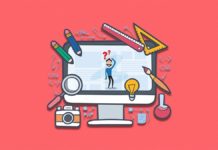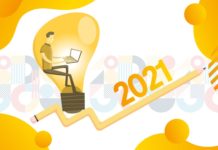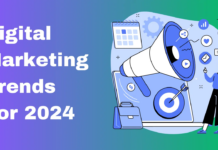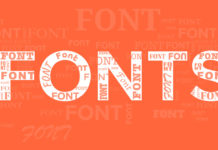There is an assumption in User Experience work that you are building, devising, and designing products and experiences for other people.
It naturally follows that starting your UX educational journey by understanding people, and placing them at the center of all that you do, is critical.
If you are serious about learning User Experience (UX) design, you first need to understand the basics of design thinking.
Design thinking, as I have written about in freeCodeCamp before, is a holistic way of applying critical thinking to solving design related problems that matter to people.
Specifically, design thinking is a way to learn about, gain insight into, and deeply understand human beings.
Before learning UX, and learning to speak the language of this discipline, you need to learn about people and understand what they care about, who they are, and how they will use your solutions.
An introduction to UX therefore starts by placing the human experience – what people want, need, and value – at the center of your world view and all that you do.
How to Understand People
In order to learn UX design you must learn how to ask questions, and the right ones.
You might find this overly simplistic. Nevertheless, question asking is where your self-taught user experience skills will first develop.
We ask questions every day. But how often do we ask follow-up questions? How often do we practice active listening to help guide further questioning of others and ourselves?
The process of becoming a self-taught UX designer is multi-faceted.
But above all else the process starts with placing humans at the center of how you ask questions and listen to answers.
Here is a UX experiment that you should try. Ask a friend or peer “5 Follow-up Questions” to more deeply probe their behavior and uncover interesting revelations.
Adam Question #1 to Interview Subject: “What was the last thing you purchased online?”
Answer: “The last thing I purchased online was a Gorilla Grip Anti Fatigue Comfort Mat.”
Adam Question #2: “Why did you buy this product?”
Answer: “I purchased this product to protect my ankles and knees and to feel comfortable while working from home and standing at my desk.”
Adam Question #3: “Why do you want to protect your ankles and knees?”
Answer: “I love to play sports and want to ensure that my body remains healthy.”
Adam Question #4: “Why do you love playing sports?”
Answer: “Playing tennis enables me to release tension.”
Adam Question #5: “Why are you tense?”
Answer: “I find my job stressful and too demanding.”
In this real example we can see how one set of questions led us down an interesting and unforeseen path.
By asking my friend about his online purchase history I gained new insights into his work and life. Probing questions (and follow up questions) enabled me to glean a deeper and better understanding of this person.
If I were doing user experience design for the Gorilla Grip company perhaps I would include messaging that suggests that the mat helps reduce work stress as well.
If you want to understand people you need to understand a person’s motivations, fears, and key personal drivers.
Only by asking why repeatedly (or some variation of why) can you truly understand the customer. Start with humans and work backwards.
Before Asking Questions of Others, Ask A Few of Yourself
Before asking questions of others you must ask and answer some questions about yourself.
Are you good at asking questions? If so, why? If not, why not?
Are you good at actively listening to answers?
Do you pay close attention to words, body language, and feedback?
Do you have a strong memory for detail recollection? Do you take notes or memorize answers?
You need to hone in on these answers. User experience designers need to pay close attention to details.
How can you improve your detail oriented capabilities?
Here is a fun and low cost way to practice. Watch a TV show or movie or read a long and informative article.
After consuming the content, try to answer the following:
- List a few names mentioned in the show/article
- If a show: what outfits were some of the characters wearing?
- If an article: who was the author?
- What was the main point of the show/article?
If you are like most people, answering question #1 was moderately difficult for you. Questions #2 and #3 were very challenging. And question #4 was straightforward.
Think about these questions.
Why are some so hard and others easy? These questions trigger different aspects of our memory and how we categorize and store information.
When starting to engage with users you need to be mindful of the questions you ask and the answers you get back. Answers have implicit and explicit connotations and biases.
It is not enough to hear what users are saying.
You need to understand what is being communicated, remember it correctly, and use that input as a guide.
When starting on your self-taught user experience journey remember that your users are your guides.
But you are a guide as well. The types of questions you ask of others are critically important.
Sample Questions: Self-Taught UX Sessions
I want to now provide UX questions you should read though and incorporate in order to conduct your first UX study or research session with real users.
Here are UX questions I deployed to friends and colleagues when I started building a website to help people work remotely.
Try using the questions as a script or guide. Feel free to amend as you see fit.
- We’re going to be looking at a webpage called WFH Adviser. And I’d just like your honest feedback about what you see. There aren’t any right or wrong answers, the goal isn’t to test you, but to test the site so that I can improve it.
- You won’t hurt my feelings with any of your feedback (haha, smile) OK?
- WFH Adviser is a website that helps remote workers understand how to work efficiently and effectively from home.
- On the site you can read articles about new work from home products, how to manage your career remotely, and find remote jobs. Any questions?
- Have you ever used a website engagement tool?
- Let’s say you visit the home page. This is what you see. (Show a screen straight away to your product sample).
- What do you think you are seeing here?
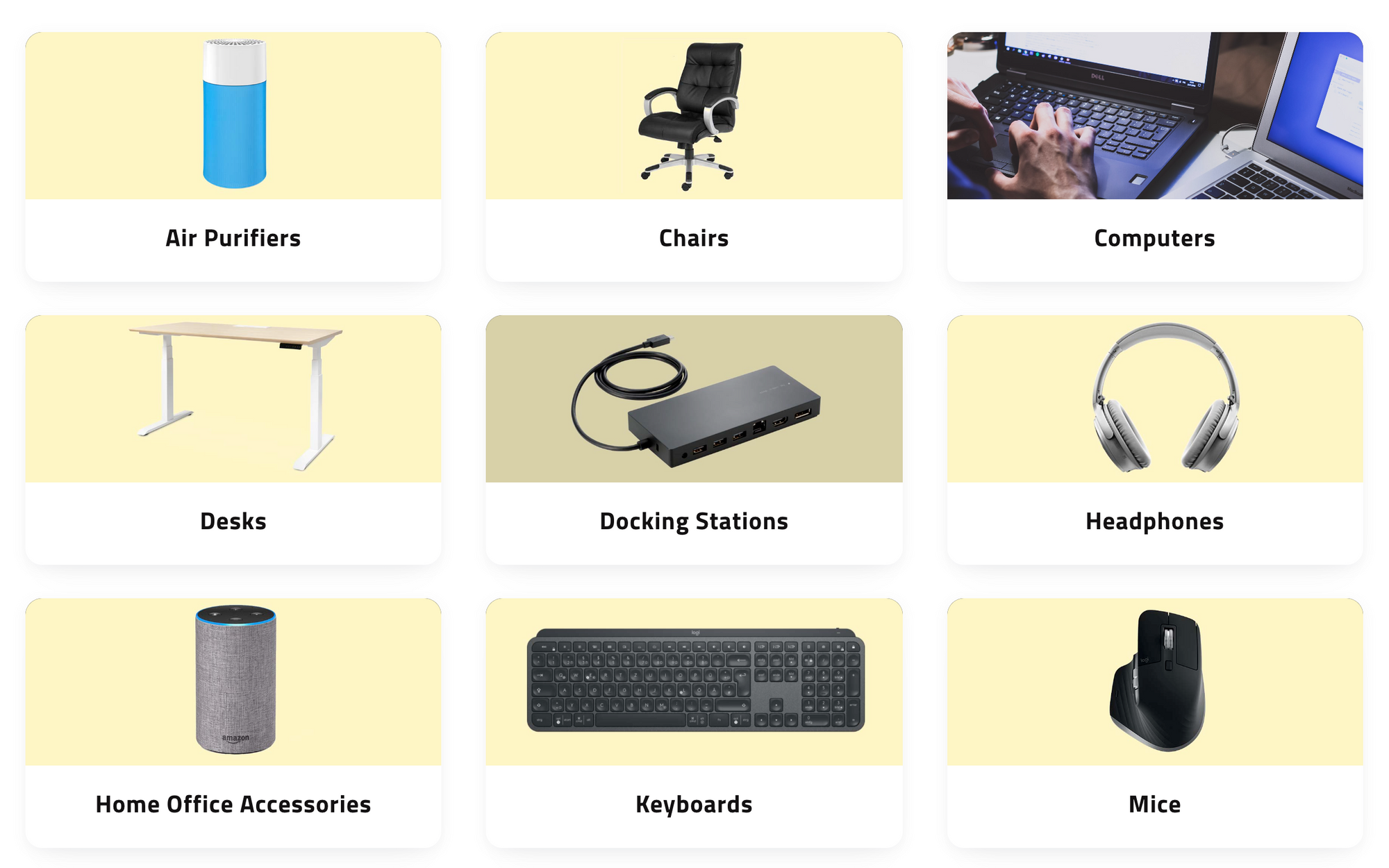
- If you were interested in reading this first review of products, how would you do that? (Tap link? Yes/No)
- If you want to see other work from home products related to what you read in the article, how would you do that? (Tap Link? Yes/No).
- When you see a list of “Best Work From Home Products” what do you think that means?
- What do you think about that list?
- Do you work from home?
- Let’s say that you wanted to buy a product, how would you do that? (Tap link? Yes/No)
- Let’s say that you wanted to read about how to get promoted while working with a remote manager, how would do that? (Tap Search on Articles? Yes/No).
- OK, let’s say we’ve read an article about docking stations or working remotely, what would you do afterwards? (Tap Next Article or Leave Site).
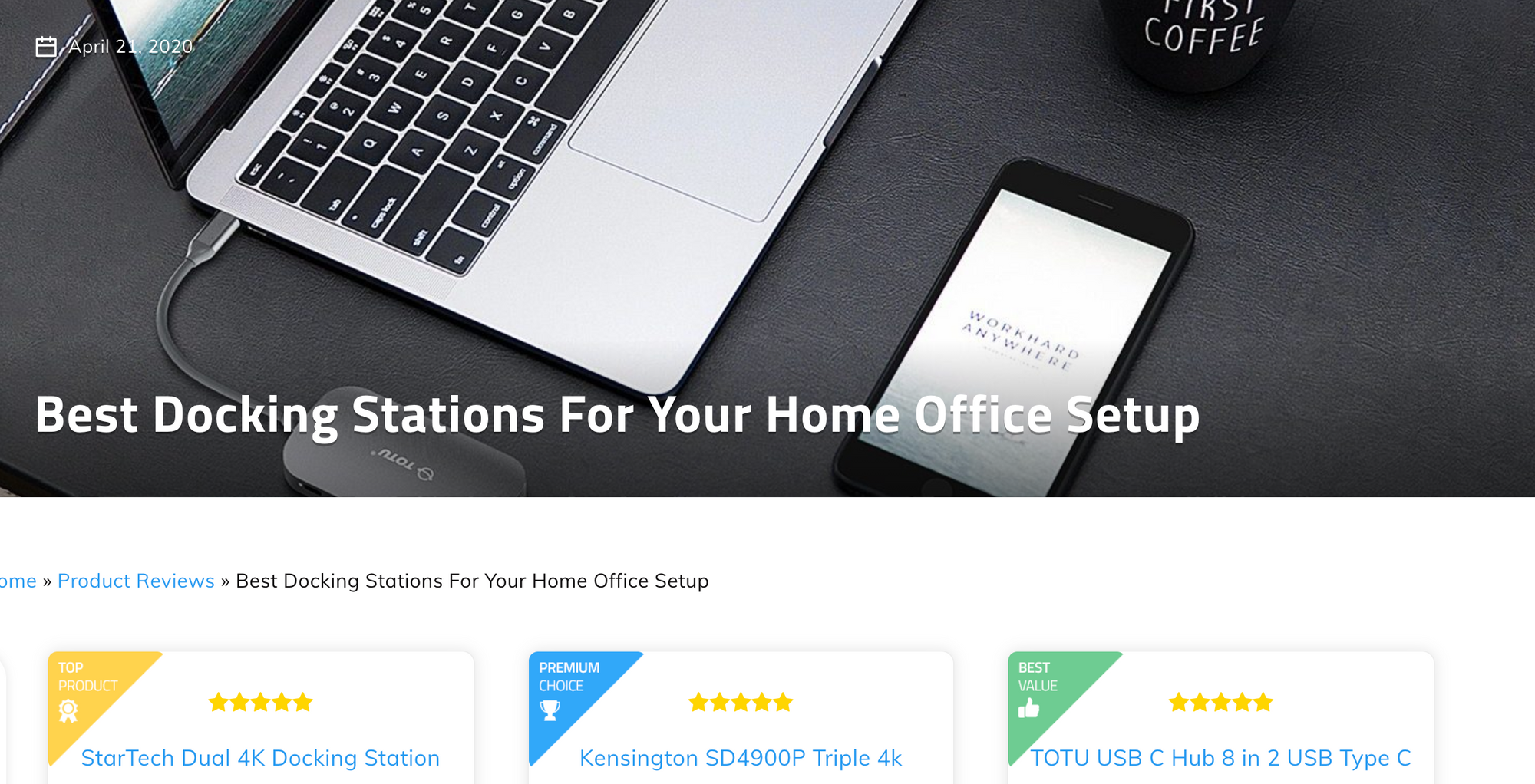
- Point out that it left and went to the browser if the user doesn’t realize it.
- What would you expect to happen now?
- Are there any other questions or comments you have?
- I have three final questions:
- Based on what you saw today, how would you describe Work From Home Adviser to a friend?
- How would you suggest I increase brand awareness?
- And lastly, are there any workflow automation improvements on the site you would like to see?
You now have practical, tactical, and ready-to-deploy questions to ask your users.
Bringing It All Together: UX Questions, Insights, and Human Design
Before starting the UX journey, take time to practice active listening. Recall details big and small and write these details down.
Practice when the stakes are low – via a movie or article or book – and leverage your newfound skills to better interact with users.
When you are ready, start speaking with users using a standard outline or script like the one I provided.
Improvise and ask follow up questions. Probe assumptions, understand your biases (and those of your users), and dig deeper by asking the “5 Follow-up Questions.”
If you practice user experience design your career and skills can take profoundly interesting paths.
For example, my friend started Everlance, a mileage tracking app. While in graduate school he spent time both as a ride sharing passenger and as a driver to holistically understand user experiences from all angles and common pain points.
He quickly discovered that keeping track of mileage logs for federal reimbursement was too difficult and cumbersome.
This insight led him to build software to solve that problem.
He walked a mile in the shoes of his users. He asked questions. He used the answers to guide his design decisions.
That level of commitment is one we should all strive for.
Becoming a user experience designer is not a transactional skill. You don’t practice for a month or a year and then take a test.
User experience design is more akin to painting.
First you learn about colors.
Then you learn how to hold a brush.
And then you sit and practice and practice and practice.
Eventually you start to build out a portfolio of relevant high quality watercolors.
Ultimately becoming a self-taught user experience designer is a journey to celebrate people and to let people express their desires, fears, hopes, and confusions to you.
Think about all of the fields that benefit from the application of UX design.
If you are building consumer tools, like a cut and paste app, or you are an online form creator you can leverage user experience design skills to elevate your craft.
If you are building a podcast directory or coworking space management software you will need to understand what users want to listen to or how to organize internal space.
If you care about startup growth, content creation, or building ad creatives you can apply UX design questions to better guide your decisions and your copy.
The fields that benefit from UX design expertise are essentially endless. That should excite you because you can create messaging, products, and experiences that better resonates with your users.
The same is true with non-digital assets.
Think about a vertical monitor or mini projector. Only through a healthy dose of empathy, an ear and heart centered towards active listening, and a deep desire to help others could designers have built such useful physical products.
This article provides the ingredients that will enable you to start becoming a better and more holistic User Experience Designer.
You need to own the next steps.
Go forth and practice. Listen, learn, and build with humans in mind.
There is no better place to start.
Source: https://www.freecodecamp.org/news/learn-ux-design-self-taught-user-experience-designer/





